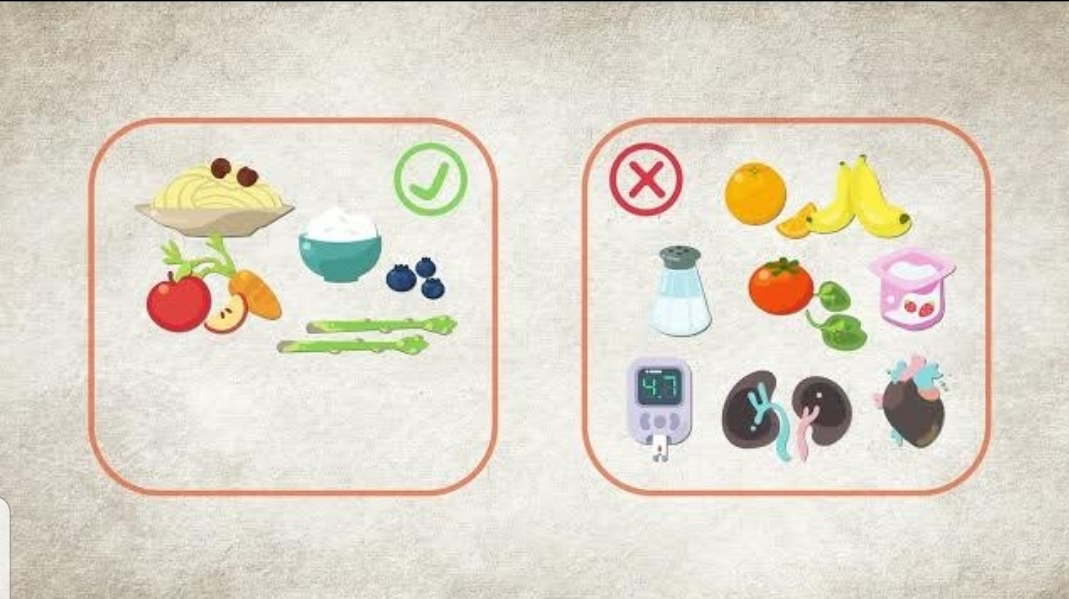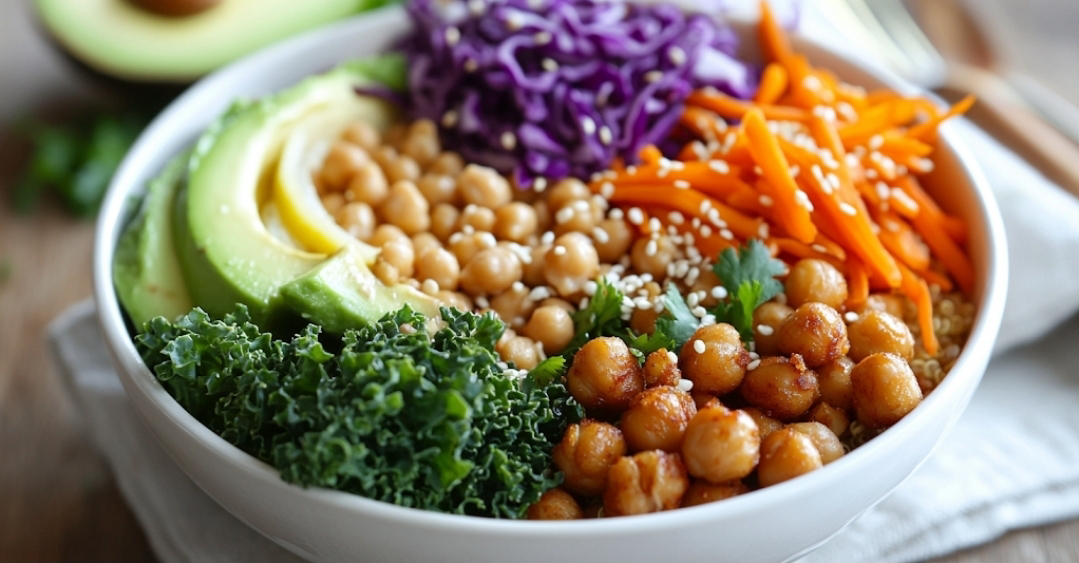Managing High Potassium Levels in Kidney Disease: A Comprehensive Guide to Diet and Control Methods
Hello everyone, I’m Dr. Kishore Kumar, a consultant nephrologist and kidney transplant specialist at BAS Hospitals, HiTech City, Hyderabad. Today, I want to share an in-depth look at a critical issue faced by many individuals with kidney disease: high potassium levels, also known as hyperkalemia. This article will explore the role of diet in managing potassium levels and the various methods that can be employed to control and reduce high potassium levels in patients with compromised kidney function.
What is Potassium and Why is it Important?
Potassium is a vital mineral in the human body that plays a key role in maintaining proper muscle function, regulating the heartbeat, and supporting nerve function. It is found in various foods, particularly fruits, vegetables, dairy products, and some types of fish and legumes.
Our body contains potassium in two main compartments:
- Intracellular Potassium: The majority of the body’s potassium (about 98%) is stored inside the cells. This potassium is essential for the proper functioning of cells, especially muscle cells.
- Extracellular Potassium: A small amount of potassium is present in the blood and the extracellular fluid outside of cells.
When we measure potassium levels via a blood test, we are primarily assessing the extracellular potassium level, which should normally range between 3.5 to 5.0 milliequivalents per liter (mEq/L). This is a tightly controlled balance, as even slight variations can lead to serious health consequences.
What Happens When Potassium Levels Rise?
If potassium levels rise above 5.5 mEq/L, the condition is termed hyperkalemia. As potassium levels climb further, particularly beyond 6.0 or 6.5 mEq/L, the condition becomes more severe and can lead to:
- Muscle Weakness or Paralysis: Excess potassium can impair the ability of muscles to contract properly, leading to weakness or even paralysis in extreme cases.
- Irregular Heartbeat (Arrhythmia): High potassium disrupts the electrical signals in the heart, potentially causing life-threatening irregular heartbeats.
- Heart Failure or Death: In the most severe cases, hyperkalemia can lead to cardiac arrest, which is fatal if not treated promptly.
Given the dangers associated with high potassium levels, it is crucial to identify and manage hyperkalemia early, especially in patients with kidney disease, who are at an increased risk.
Why Kidney Disease Increases Potassium Levels
The kidneys play a vital role in maintaining the delicate balance of electrolytes in the body, including potassium. In a healthy individual, the kidneys efficiently remove excess potassium through urine, ensuring that potassium levels remain within the normal range. However, when kidney function declines—either due to chronic kidney disease (CKD) or acute kidney injury—the kidneys lose their ability to filter out potassium effectively.
As kidney disease progresses, particularly in end-stage renal disease (ESRD), the kidneys can no longer remove enough potassium from the bloodstream, resulting in elevated potassium levels. In patients requiring dialysis, the situation can become even more challenging, as their natural filtration system is severely impaired, necessitating external interventions to regulate potassium levels.
Understanding Potassium Regulation in a Healthy Body
In a healthy person, potassium regulation is a complex process that involves multiple systems working together to keep potassium levels stable. Here’s a simplified breakdown of how potassium is typically managed:
- Potassium Intake: Potassium enters the body through the food and beverages we consume. Foods rich in potassium include fruits (e.g., bananas, oranges), vegetables (e.g., spinach, potatoes), dairy products, and certain meats and fish.
- Absorption in the Intestines: Once consumed, potassium is absorbed into the bloodstream through the intestines. However, the amount absorbed can vary depending on the fiber content of the food consumed.
- Excretion via Urine: The kidneys are the primary route through which excess potassium is eliminated. The majority of potassium that enters the bloodstream is filtered out by the kidneys and excreted in the urine.
- Other Routes of Excretion: Potassium is also lost through sweat and stools, although these are minor routes compared to urine. Increased fiber intake can promote potassium excretion through the stool.
In a healthy individual, the body strikes a balance between potassium intake and excretion, ensuring that levels remain within the normal range.
Why Hyperkalemia is Common in Kidney Disease
Patients with chronic kidney disease (CKD) are particularly prone to developing hyperkalemia for several reasons:
- Reduced Kidney Function: As kidney function declines, the kidneys lose their ability to effectively remove potassium from the bloodstream. This results in potassium accumulation in the blood, leading to elevated levels.
- High Potassium Diet: Many patients with kidney disease may unknowingly consume foods that are high in potassium, further exacerbating the problem.
- Medications: Certain medications commonly prescribed for kidney disease, heart conditions, or high blood pressure can increase potassium levels. These include:
- Potassium-sparing diuretics (medications that help the body retain potassium)
- ACE inhibitors (used to treat high blood pressure)
- Beta-blockers (used to manage heart conditions)
- Constipation: Patients with kidney disease are often prone to constipation due to dietary restrictions and medications. Constipation reduces potassium excretion through the stool, increasing the likelihood of hyperkalemia.
- Acidosis: Many patients with kidney disease also experience a condition called metabolic acidosis, in which the blood becomes too acidic. This condition can lead to a shift of potassium from inside the cells into the bloodstream, worsening hyperkalemia.
Dietary Management of Potassium in Kidney Disease
Diet plays a crucial role in managing potassium levels, especially for patients with reduced kidney function. For these patients, careful monitoring of dietary potassium intake is essential to prevent hyperkalemia.
High Potassium Foods to Avoid:
Certain foods are naturally high in potassium and should be limited or avoided by patients with kidney disease. These include:
- Vegetables: Potatoes, tomatoes, spinach, sweet potatoes, and squash.
- Fruits: Bananas, kiwis, oranges, avocados, and dried fruits such as raisins and prunes.
- Dairy Products: Milk, yogurt, and cheese.
- Protein Sources: Fish, legumes (such as lentils and beans), seeds, and nuts.
- Beverages: Fruit juices, especially those made from high-potassium fruits like orange juice, should also be avoided.
Low Potassium Foods to Include:
Patients with kidney disease should focus on consuming foods that are lower in potassium. These include:
- Vegetables: Cucumbers, lettuce, green beans, cabbage, carrots, and bell peppers.
- Fruits: Apples, pineapples, watermelon, strawberries, and grapes.
- Dairy and Protein: Eggs, chicken, turkey, and limited amounts of cheese (preferably low-sodium varieties).
- Whole Grains: Many grains, such as rice and bread, contain lower levels of potassium and can be safely included in the diet.
Additional Factors to Consider for Managing Hyperkalemia
Beyond diet, several other factors play a role in controlling potassium levels in patients with kidney disease.
Medication Management: It’s essential to review the patient’s medications and adjust or discontinue any drugs that may contribute to elevated potassium levels. If needed, alternative medications can be prescribed that are less likely to raise potassium levels.
Constipation Treatment: Patients with kidney disease often experience constipation, which can exacerbate hyperkalemia. Increasing dietary fiber can help promote regular bowel movements, and if necessary, medications such as laxatives may be prescribed to alleviate constipation.
Acid-Base Balance: Maintaining the right acid-base balance in the blood is crucial for preventing shifts in potassium levels. Patients with high acid levels (metabolic acidosis) may benefit from bicarbonate supplements to help neutralize excess acid and reduce the risk of hyperkalemia.
Insulin and Blood Sugar Control: For patients with diabetes, uncontrolled blood sugar levels can lead to potassium retention. Insulin helps move potassium into cells, so maintaining adequate insulin levels through medication or diet is important for managing hyperkalemia.
Alkaline Diet: Shifting from an acidic diet (rich in animal proteins) to an alkaline diet (plant-based) can help reduce acid buildup in the blood and improve potassium regulation. Plant-based diets are generally higher in fiber and lower in potassium, making them a healthier choice for patients with kidney disease.
Special Cooking Methods to Lower Potassium in Foods
In addition to making dietary adjustments, certain cooking methods can help lower the potassium content of foods. One effective technique is the wet cooking method, which involves:
- Soaking vegetables: Before cooking, cut vegetables into small pieces and soak them in warm water (between 40-50°C) for 30–60 minutes. This process helps leach potassium from the vegetables into the water.
- Boiling vegetables: After soaking, drain the water and cook the vegetables in fresh water. This method reduces the potassium content significantly.
Conclusion
Managing potassium levels in patients with kidney disease is a critical aspect of their care, as high potassium levels can lead to dangerous and potentially life-threatening complications. Through dietary changes, medication management, and regular monitoring, patients can significantly reduce their risk of hyperkalemia. Understanding




Comments
Post a Comment